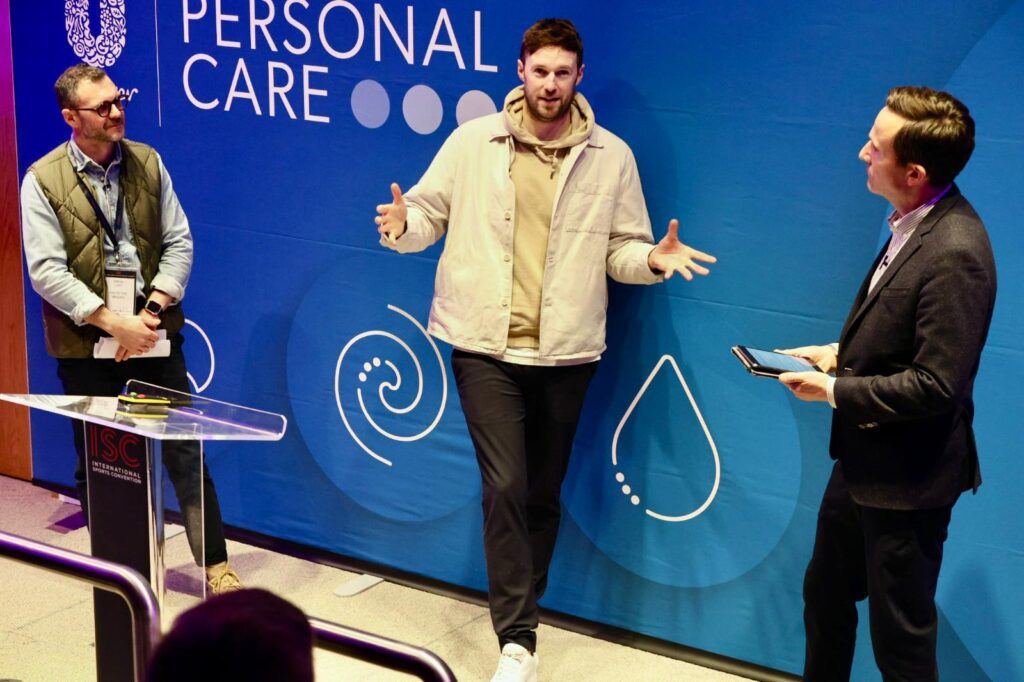Owen Laverty, Chief Innovation Officer – Ear To The Ground
Simon Luff, Managing Partner – Head of Strategy – Ear To The Ground
For brands in sport, cultural relevance is becoming a more nuanced concept with each passing year.
And in the sixth edition of its Fan Index – an annual ranking of how culturally attractive brands are to fans around the world – the Ear To The Ground creative agency highlighted how sensitive brands must now be to a fast-moving discourse.
Built from insights from its hand-selected, 11,000-strong Fan Intelligence Network, the 2025 edition of the Fan Index underscored the importance of the ‘third space’ for brands. These are the settings where fan communities gather in real time – in real life, on private social media platforms like Discord, and through podcasts and fan-led channels.
These are not necessarily spaces where brands are always welcome but those who flourish there have developed a keen agility and authenticity.
Instagram topped the 2025 list, with the Fan Intelligence Network citing its capacity to ‘redefine intimacy at scale’. Nike, YouTube, Netflix, Google, Apple, Adidas, Spotify, PlayStation and Nintendo rounded out the top ten.
Ear To The Ground identified a six-point plan to succeed in the third space.
First, brands need to ‘Make Memories’ – designing campaigns and activities that fans talk about long after they happen. Netflix was identified as a strong performer in this context.
Brands are then encouraged to ‘Craft Your Moments’ for maximum impact in what can be a fleeting moment, particularly where they may be showing up in an unexpected setting. Asics’ campaign with Succession star Brian Cox, targeted at getting people moving, was highlighted here.
In the third space, brands must ‘Design For The Remix’ – giving fans a chance to play with content and creative in their own communications. On these terms, streaming platform Twitch took a hit for making it harder to repurpose older posts.
Guinness was among the brands able to ‘Get Intimate’ by becoming part of fans’ personal and collective rituals, both through its sponsorships and the effect of social trends like ‘splitting the G’ with its drinks.
Brands are encouraged to ‘Humanise Fame’ by using real and recognisable people and letting brand ambassadors be themselves. The warm reception to Chelsea star Cole Palmer’s offhand campaign contributions – such as in Ear To The Ground’s own work for Pringles – were a strong example of how well moments of spontaneity and truth translate to the third space.
Finally, brands need to ‘Keep Pace’, moving through the culture with their fans rather than being left behind. Two brands long regarded as highly culturally resonant – Monster Energy and footwear company Vans – were pulled up here for allowing their contributions to become flat and predictable.
The third space framing can be challenging for some brands to conquer. The Fan Intelligence Network noted, for example, that some companies like FedEx and Just Eat were doing strong work in official partner channels and contexts, but had not quite made the leap to the cultural conversation.
But there is always scope for brands to find relevant paths to their fans’ lives and interests. Google’s activations with its Pixel smartphone are seen as a case in point, with creator-led storytelling and set-pieces like Mo Salah’s Anfield selfie as Liverpool took the Premier League title in the spring.
Ear To The Ground Chief Innovation Officer Owen Laverty emphasised that the list is not the whole point of the exercise. The ranking itself is a “MacGuffin” whose pursuit informs better understanding what works and does not work for brands as media and culture evolve.
This is only the start of the conversation – but a productive one.

